#coastal sea
Text
brown shysharks!

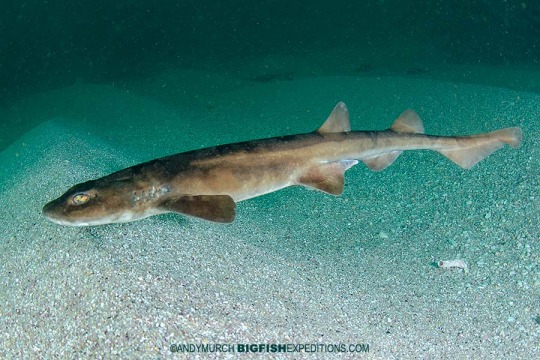
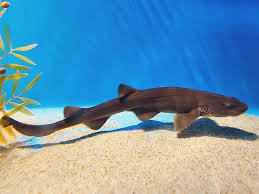
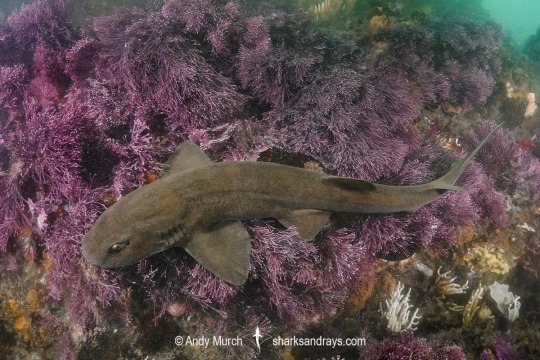
brown shysharks are a species of catshark and they reside in the coastal, shallow waters of south africa!
when frightened, this shark curls up with its tail over its eyes, hence the name shyshark
they are around 60-68 cm long and they feed on bony fish and lobsters!
they are typically found in shallow rocky zones to a depth of 110 feet (35m)
they are the largest of all species of catshark
the brown shysharks’ predators are larger sharks and fish, as well as the egg-case-eating mollusks!
#marine biology#sea life#ocean#marine life#sea creatures#shark#sharks#brown shyshark#facts#animals#coastal sea#coral reef#reef animals#reef sharks
939 notes
·
View notes
Text
Storm Waves
Herring Cove, Nova Scotia, Canada
#storm aesthetic#relaxing videos#waves sounds#daily calm#wind noises#sea aesthetic#ocean#waves#coastal sea#selkie#merfolk#sailor vibes#water witch#sea core#my videos#atlantic ocean#water asmr
166 notes
·
View notes
Text
"Many people know about the Yellowstone wolf miracle. After wolves were reintroduced to the national park in the mid-1990s, streamside bushes that had been grazed to stubble by out-of-control elk populations started bouncing back. Streambank erosion decreased. Creatures such as songbirds that favor greenery along creeks returned. Nearby aspens flourished.
While there is debate about how much of this stemmed from the wolves shrinking the elk population and how much was a subtle shift in elk behavior, the overall change was dramatic. People were captivated by the idea that a single charismatic predator’s return could ripple through an entire ecosystem. The result was trumpeted in publications such as National Geographic.
But have you heard about the sea otters and the salt marshes? Probably not.
It turns out these sleek coastal mammals, hunted nearly to extinction for their plush pelts, can play a wolf-like role in rapidly disappearing salt marshes, according to new research. The findings highlight the transformative power of a top predator, and the potential ecosystem benefits from their return.
“It begs the question: In how many other ecosystems worldwide could the reintroduction of a former top predator yield similar benefits?” said Brian Silliman, a Duke University ecologist involved in the research.
The work focused on Elk Slough, a tidal estuary at the edge of California’s Monterey Bay. The salt marsh lining the slough’s banks has been shrinking for decades. Between 1956 and 2003, the area lost 50% of its salt marshes.
Such tidal marshes are critical to keeping shorelines from eroding into the sea, and they are in decline around the world. The damage is often blamed on a combination of human’s altering coastal water flows, rising seas and nutrient pollution that weakens the roots of marsh plants.
But in Elk Slough, a return of sea otters hinted that their earlier disappearance might have been a factor as well. As many as 300,000 sea otters once swam in the coastal waters of western North America, from Baja California north to the Aleutian Islands. But a fur trade begun by Europeans in the 1700s nearly wiped out the animals, reducing their numbers to just a few thousand by the early 1900s. Southern sea otters, which lived on the California coast, were thought to be extinct until a handful were found in the early 1900s.
In the late 1900s, conservation organizations and government agencies embarked on an effort to revive the southern sea otters, which remain protected under the Endangered Species Act. In Monterey Bay, the Monterey Bay Aquarium selected Elk Slough as a prime place to release orphaned young sea otters taken in by the aquarium.
As the otter numbers grew, the dynamics within the salt marsh changed. Between 2008 and 2018, erosion of tidal creeks in the estuary fell by around 70% as otter numbers recovered from just 11 animals to nearly 120 following a population crash tied to an intense El Niño climate cycle.
While suggestive, those results are hardly bulletproof evidence of a link between otters and erosion. Nor does it explain how that might work.
To get a more detailed picture, the researchers visited 5 small tidal creeks feeding into the main slough. At each one, they enclosed some of the marsh with fencing to keep out otters, while other spots were left open. Over three years, they monitored the diverging fates of the different patches.
The results showed that otter presence made a dramatic difference in the condition of the marsh. They also helped illuminate why this was happening. It comes down to the otters’ appetite for small burrowing crabs that live in the marsh.
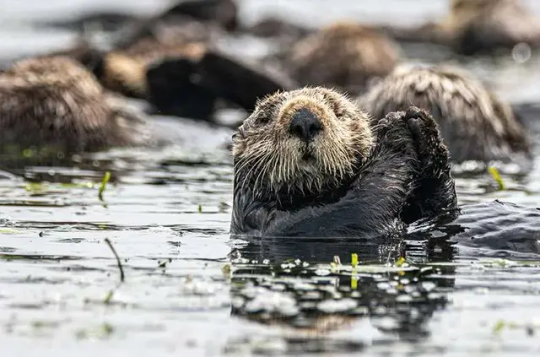
Adult otters need to eat around 25% of their body weight every day to endure the cold Pacific Ocean waters, the equivalent of 20 to 25 pounds. And crabs are one of their favorite meals. After three years, crab densities were 68% higher in fenced areas beyond the reach of otters. The number of crab burrows was also higher. At the same time, marsh grasses inside the fences fared worse, with 48% less mass of leaves and stems and 15% less root mass, a critical feature for capturing sediment that could otherwise wash away, the scientists reported in late January in Nature.
The results point to the crabs as a culprit in the decline of the marshes, as they excavate their holes and feed on the plant roots. It also shows the returning otters’ potential as a marsh savior, even in the face of rising sea levels and continued pollution. In tidal creeks with high numbers of otters, creek erosion was just 5 centimeters per year, 69% lower than in creeks with fewer otters and a far cry from earlier erosion of as much as 30 centimeters per year.
“The return of the sea otters didn’t reverse the losses, but it did slow them to a point that these systems could restabilize despite all the other pressures they are subject to,” said Brent Hughes, a biology professor at Sonoma State University and former postdoctoral researcher in Silliman’s Duke lab.
The findings raise the question of whether other coastal ecosystems might benefit from a return of top predators. The scientists note that a number of these places were once filled with such toothy creatures as bears, crocodiles, sharks, wolves, lions and dolphins. Sea otters are still largely absent along much of the West Coast.
As people wrestle to hold back the seas and revive their ailing coasts, a predator revival could offer relatively cheap and effective assistance. “It would cost millions of dollars for humans to rebuild these creek banks and restore these marshes,” Silliman said of Elk Slough. “The sea otters are stabilizing them for free in exchange for an all-you-can-eat crab feast.”"
-via Anthropocene Magazine, February 7, 2024
#otters#sea otters#conservation#erosion#coastal erosion#coastline#marshes#saltwater#marine science#marine biology#marine animals#sea creatures#ocean#sustainability#soil erosion#erosion control#crab#good news#hope
3K notes
·
View notes
Text

Stairway to the Sea - Joseba Sánchez Zabaleta , 2021.
Spanish, b. 1970 -
Oil on panel , 97 x 97 cm.
2K notes
·
View notes
Text
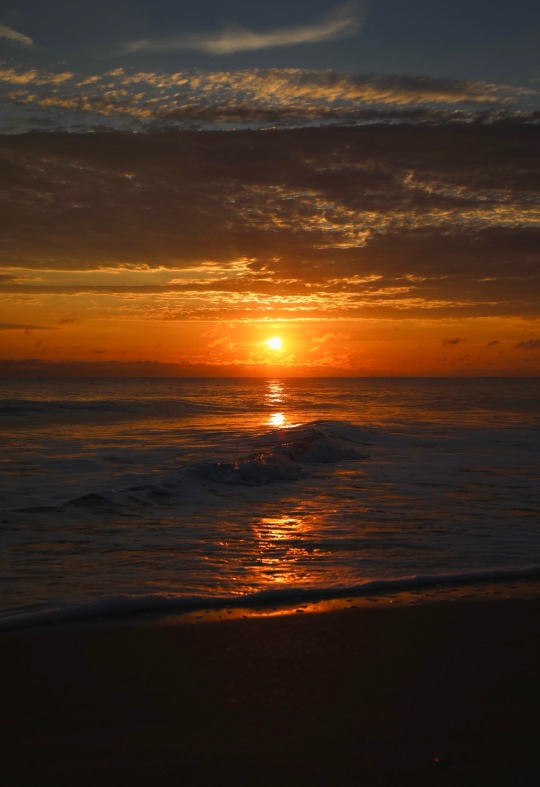
Good day sunshine
Round Island, FL - Dec 23
976 notes
·
View notes
Text
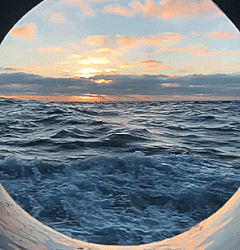

739 notes
·
View notes
Text

Oregon, USA (by Eric Muhr)
#curators on tumblr#wanderlust#li_destinations#travel#explore#oregon#usa#united states#america#north america#beach#seascape#seaside#coastal#coast#sea
660 notes
·
View notes
Text
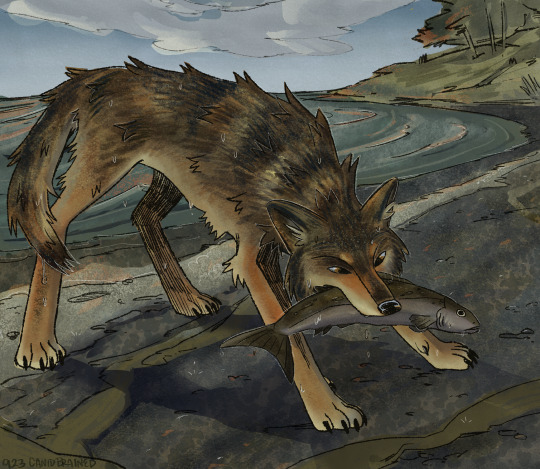
Commission for @seawolfed 🌊🌲
#my art#therian#wolf therian#therian art#wolf#wolf art#digital#canine therian#sea wolf#coastal wolf#therianthropy#otherkin#nonhuman#alterhuman
1K notes
·
View notes
Text


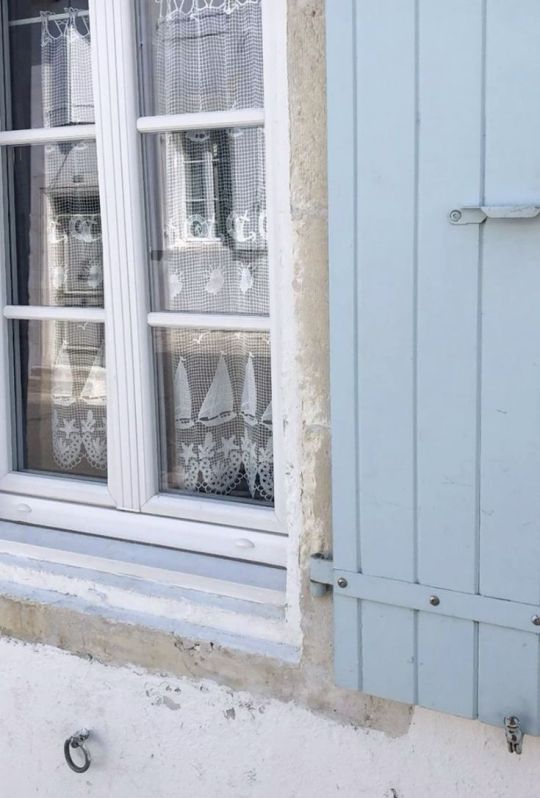



𝘤𝘰𝘢𝘴𝘵𝘢𝘭 𝘤𝘰𝘵𝘵𝘢𝘨𝘦 𝘢𝘦𝘴𝘵𝘩𝘦𝘵𝘪𝘤 ⚓
˚ ༘ ೀ⋆。˚
#moodboard#coastal aesthetic#coastal granddaughter#spring moodboard#coastal cottage#cottagecore#aesthetic#blue cottagecore#blue moodboard#spring#summer aesthetic#coastal grandma#ocean breeze#salty sea air
176 notes
·
View notes
Text

#lifestyle#myuploads#aesthetic#room with a view#sea side#blue white#home inspiration#living room#coastal
148 notes
·
View notes
Text


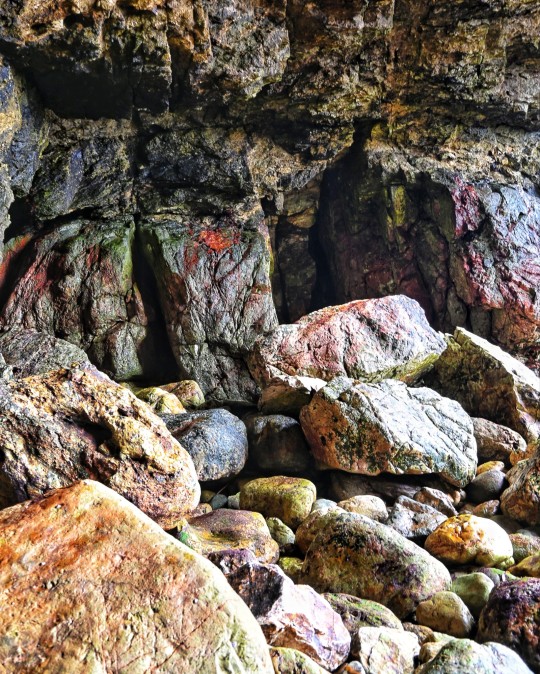






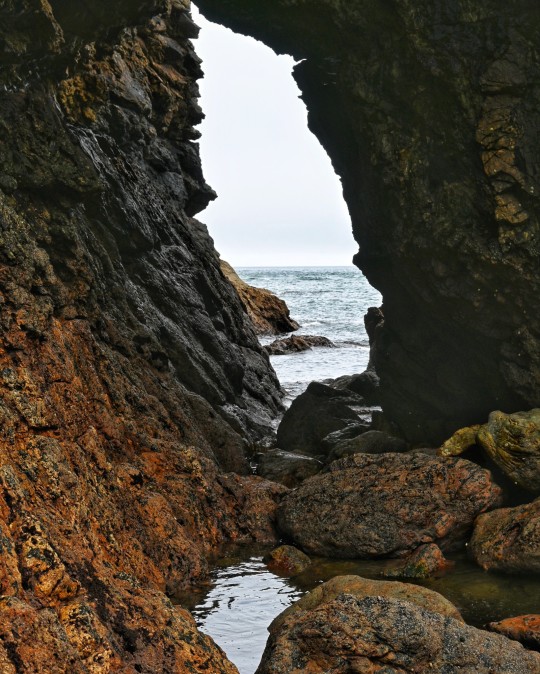
Sea Caves at Ynys y Fydlyn Iron Age Promontory Fort, Anglesey, Wales
#ice age#stone age#bronze age#copper age#iron age#neolithic#mesolithic#calcholithic#paleolithic#prehistoric#prehistory#sea caves#cave#coastal#coastline#tides#archaeology#shoreline#wales#ancient sites
535 notes
·
View notes
Text
interesting ocean documentary about sea animals and coral life in china -> https://youtu.be/A2Ao1ZdRSOs
a very good watch! i recommend checking it out if you have any time
youtube
#sea life#marine biology#marine life#ocean#deep sea#sea creatures#animals#fish#coral#seaweed#documentary#coastal sea#Youtube
17 notes
·
View notes
Text
Forbidden bath
Pennant Point Cove, Nova Scotia, Canada
#relaxing videos#water asmr#sea sounds#sea waves#nature sounds#mine#coastal sea#coastal#water witch#daily calm#good vibes#mermaid vibes#mermaidkin#selkie#sea witch#water flowing#no bullshit music
336 notes
·
View notes
Text
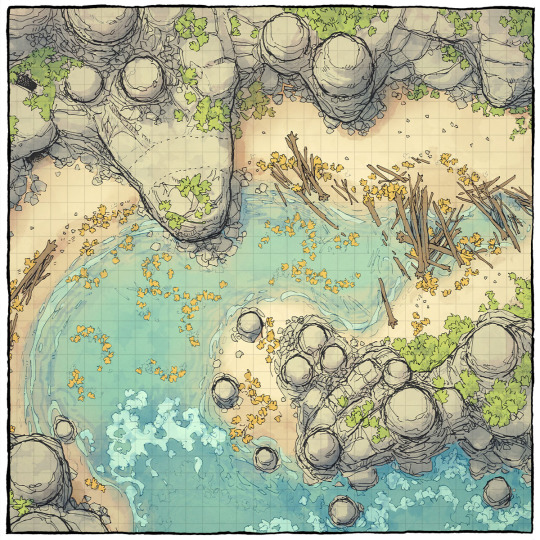
The Driftwood Cove Battle Map
You can now download our new 44x32 seaside battle map on our website! All you need is a team of monsters (or one big one). What comes to mind?
→ Download it here!
#ttrpg#tabletop#dungeons and dragons#dnd#dungeons & dragons#d&d#d&d5e#pathfinder#gurps#rpg#top-down#battle map#map#cartography#encounter#coastal#sea#ocean#beach#tropical#cliff#bay#cove
388 notes
·
View notes
Text
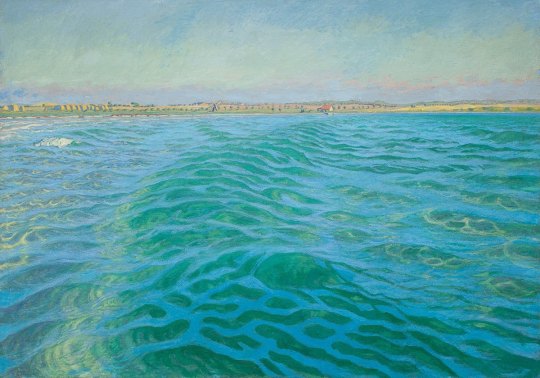
Wave , Kerteminde Bay - Johannes Larsen , 1948.
Danish, 1867-1961
Oil on canvas, 301.5 x 217.7 cm. 37.4 x 50 in.
2K notes
·
View notes
Text

Stormy start
Golden Sands Beach, FL - Sep 23
1K notes
·
View notes